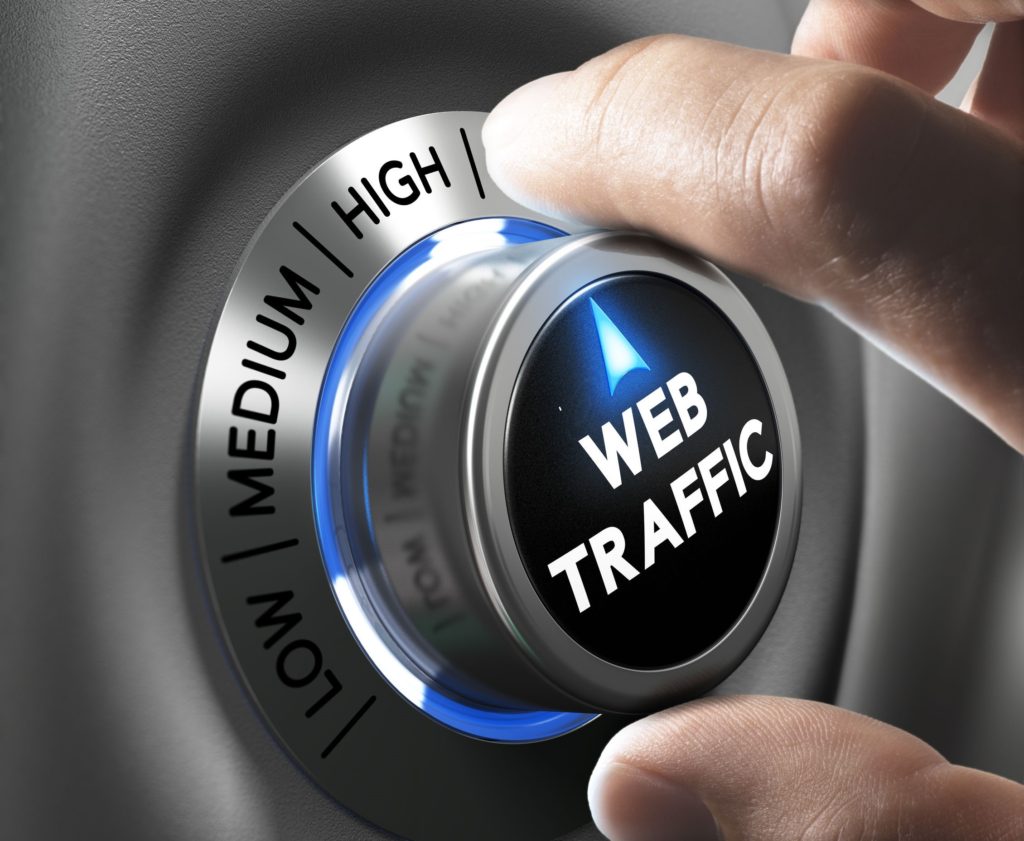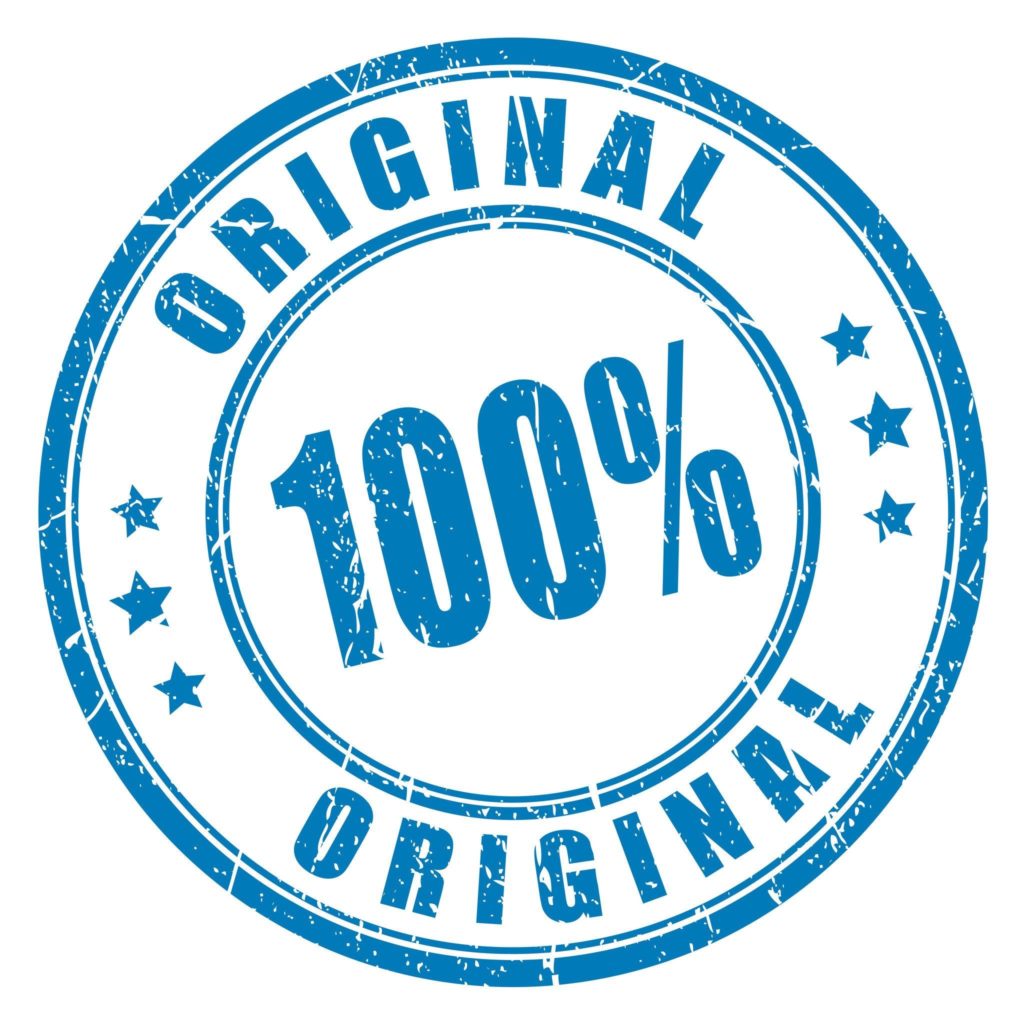Keywords, content, and SEO tend to be the focus when you’re trying to direct more traffic to your website. Images are a powerful tool for traffic as well, but unfortunately, many marketers aren’t using them to their fullest potential.
Images are content as well, which can be easy to forget. In fact, images are an essential part of any content marketing effort. Users are also searching for visual content, so if you’re not using images as part of your SEO, you’re missing out on valuable opportunities.

How Do Images Boost Traffic?
Images serve many purposes for your site, such as:
- Aesthetics: Images make your site more visually appealing and easier to digest, which keeps people on your site longer and decreases the bounce rate.
- Image search: Images pull traffic from image searches, which may direct a different audience to your site than other searches.
- Social media shares: Images get more shares and engagement on social media than text-only posts. The more your content is shared, the larger your potential audience is and the more likely you are to get readers for your posts.

Optimizing for Image Search
Images need to be optimized just like anything else. Optimizing images isn’t much different than optimizing other types of content, and they rank similarly. The first image on the image search results page is the equivalent of the first website to come up in a standard search.
Image search has more results, however, and people view images differently. Because of this, it’s important to optimize your images to be sure they’re close to the top.
Here’s how:
File Names
Cameras use a series of letters and numbers as the default name for images. Unfortunately, this doesn’t do much to boost your SEO.
Whenever possible, rename your images with a relevant title that reflects the content, which gives a search engine an idea of what it is.
Alt Tags
Image alt tags are metadata that help a search engine index an image. Editing alt tags not only improves your ranking, but it also boosts your SEO overall.
An ideal alt tag description is short, but filled with keywords. It should accurately describe the image for visually impaired users as well.
Compression
Your images should be as big as possible, but use as little storage space as possible, which can be done with compression. Tools like Compressor.io can be used to reduce the storage size and retain the quality of the image.
Now that we know how to optimize, let’s take a look at how to use image search to direct traffic to your website.
Use Your Own Images

Stock photography has its purposes, but if you’re consistently using stock photos, it’s not going to help your site. Stock photos don’t accurately reflect your brand, and they give your site a disorganized look, which is then communicated to your visitors.
Original images, on the other hand, show your visitors that you put the extra effort into the look of your site and the overall image of your brand. Original images are also traced back to your site, which means that you’re more likely to earn backlinks when others use them for their own content. They’ll also show up earlier in the image search results, giving you an SEO boost.
If you don’t have the resources to create your own images, it’s acceptable to use stock images. However, you should be doing all you can to limit your use of stock photography and provide as many original images as you can.
Related Image Keywords
Just like text content, image content has a primary keyword that’s included in the file name and alt tag. You should still be using related image keywords, however, to give your strategy more variety and to target searchers who want to find your image but may not be using the proper keyword.
This may seem like extra work, but you’d be surprised at how different the images can be between similar keywords. When you cast a wide net with related keywords, you’re reaching a much larger audience.
If you need some assistance in coming up with related keywords, just look at the image keyword suggestions at the top of an image search results page. This will give you an idea of what others are searching, which you can use as part of your own strategy.
Relevant Images
Relevant images are images that are directly related to the topic. While this may seem clear, it’s not always the case. Many people use images that are unrelated to their topic to enhance their posts, which directs unrelated traffic to your site.
For example, you may use a pop culture reference that relates to one section of a blog post. Because of this, anyone searching for that pop culture reference will find themselves on your blog post, when they were actually looking for entertainment. When they discover the actual purpose of your site, they’re likely to bounce.
Infographics
Infographics are an excellent way to boost your SEO and create custom imagery that is easy for your readers to digest. They drive thousands of visitors to your site and help you establish yourself as an authority as well.
Not every bit of content needs an infographic, but they can help with content that is research intensive or contains a lot of data. By putting it in a quick, clear infographic format, you’re allowing your readers to quickly skim the information to get the answers they need.
Watermarks
Watermarking is common with artists and photographers, but not so much for business owners who create their own custom images. Watermarking can be used to copyright your images, which is always a good thing, but it has another purpose — traffic.
Watermarking your images tells people where the image came from using a link, so it gives you credit and tells viewers where to go to find similar content. This is a good way to get traffic to your site and social pages, no matter where the image is shared.
Conclusion
Image SEO is powerful, but few marketers are using it to their advantage. Keywords and meta descriptions are important, but images can give you that extra edge over the competition.
People always need images for their own posts or videos, so driving traffic from optimized images is quick and easy. If you put some effort into optimizing your images and combining them with your other SEO tactics, you should see an increase in rankings in no time.
Meta description: Find out how to use image search to boost your SEO and drive more relevant traffic to your website for better leads and more profitability.

